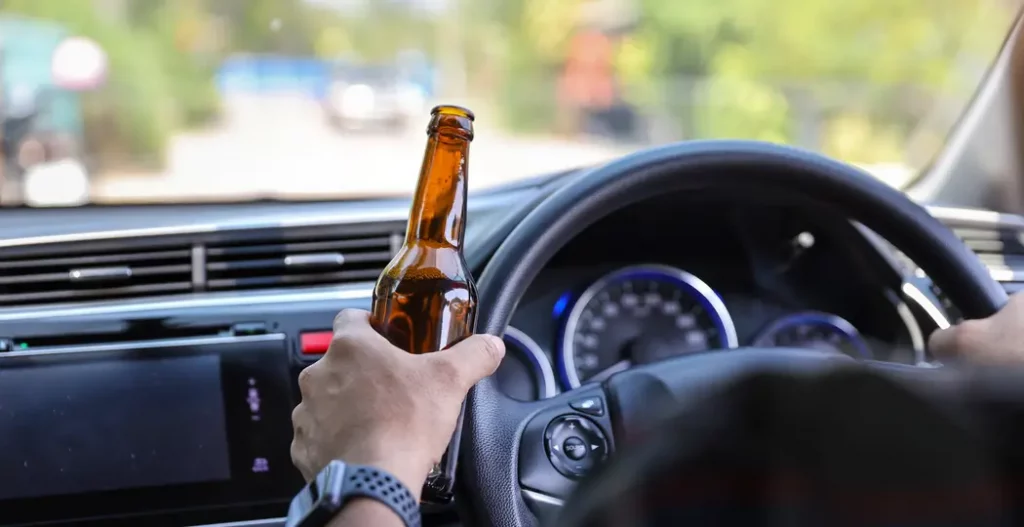In recent years, the alarming statistics of alcohol-related crashes have prompted US regulators to consider integrating advanced technology into vehicles to detect drunk drivers. This initiative aims to significantly reduce the number of fatalities and injuries on the road.
In 2021, the US witnessed over 13,000 deaths due to alcohol-related crashes, a staggering figure that highlights the urgent need for effective solutions.
NHTSA Leading the Charge in Drunk Driving Prevention Technology (PDF)
Understanding the Technology
The National Highway Traffic Safety Administration (NHTSA), the nation’s top road safety regulator, is at the forefront of this initiative. They are exploring technologies that can accurately detect and measure a driver’s level of impairment. Research in this field has identified several promising methods:
- Air Sensors: These sensors can detect alcohol in a driver’s breath by analyzing the air within the vehicle.
- Touch Sensors: Integrated into the steering wheel or other surfaces, these sensors use infrared light to assess the blood alcohol content through the skin.
- Driver Monitoring Systems: Utilizing eye or head tracking, these systems evaluate whether a driver is likely impaired.
- Behavioral Analysis: By monitoring lane departures and erratic steering, the vehicle can identify potential signs of inebriation.
The goal is to implement these technologies in a “passive” manner, requiring no specific action from the driver, such as blowing into a breathalyzer.
Legislative Backing and Implementation Challenges
In 2021, Congress mandated the NHTSA to develop regulations for incorporating “advanced drunk and impaired driving prevention technology” in the Bipartisan Infrastructure Law.
However, the process of establishing new vehicle regulations is complex and time-consuming, involving extensive input from industry experts, researchers, and the public.
Public Perception and Legal Considerations
The acceptance of such technology also faces challenges. The public’s concern over false positives and the potential infringement of personal rights are significant hurdles. The technology must be reliable and non-intrusive to gain widespread acceptance.
Additionally, the legal implications of such technology in vehicles are still under discussion, particularly regarding what actions a car should take if it detects an impaired driver.
Cost and Industry Response
Implementing anti-drunk-driving technology will incur costs for automakers, potentially affecting vehicle prices. The response from the industry is cautious yet optimistic, with a general consensus on the importance of enhancing road safety.
The Road Ahead
Despite the challenges, the integration of drunk-driver detection technology in vehicles represents a significant step forward in road safety. By leveraging advanced technology, it is possible to make a substantial impact on reducing alcohol-related road incidents. This initiative is not just about implementing new technology; it’s about saving lives and making our roads safer for everyone.
In conclusion, while there is still a journey ahead in perfecting and implementing these technologies, the potential benefits in terms of lives saved and injuries prevented are immense. The collaboration of regulators, automakers, and the public is crucial in making this vision a reality. As we move forward, it’s important to stay informed and involved in shaping a safer future for all road users.







